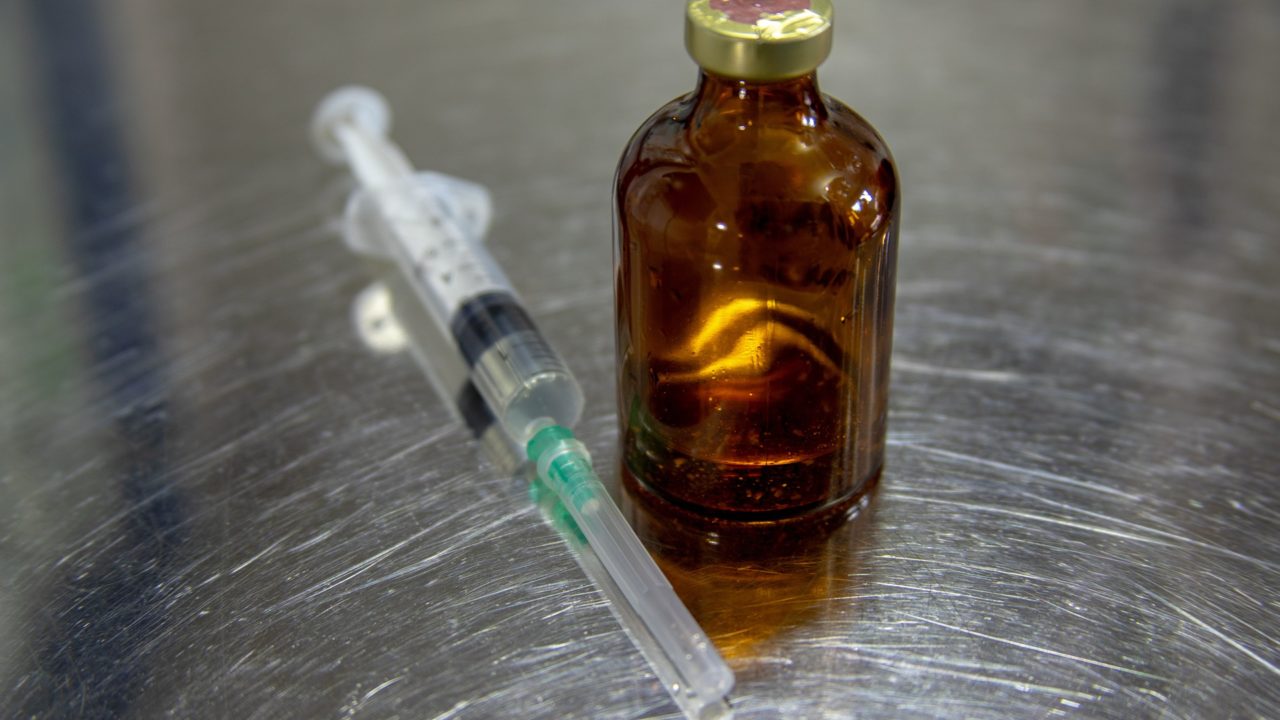The impact that the new antibiotic regulations will have on farms was discussed at a recent farm walk.
Hosted by PharVet, the walk took place on the farm of the Screene family, home of the Windfield Holstein herd.
The focus of the walk was around new antibiotic regulations and some of the products/measures that farms can use to reduce the need for antibiotics.
Conor Geraghty, vet, part-owner of FarmGate veterinary group in Co. Galway and president of Veterinary Ireland, was speaking at the event.

Antibiotic regulations
Conor spoke about the new regulations and how anti-microbial resistance (AMR) has led to their introduction.
One of the major changes is that blanket dry cow therapy can no longer be used in herds.
This has led to a big focus now being put on selective dry cow therapy (SDCT).
Conor also noted that under the new regulations, preventing sickness in calves is going to be a big focus going forward.
He explained that there are four groups of antibiotics, from the basic ones, up to the ones that are only allowed to be used on humans. These are as follows.
- Group 1: Includes Penicillin;
- Group 2: Includes Penstrep and Cyclosol;
- Group 3: Includes Marbocyl, Baytril, Cobactan, Tylan and Draxxin;
- Group 4: Vets do not have access to these drugs.
“Going forward, vets will not be allowed to prescribe group three as a first-line treatment anymore under the new regulations, and some of them can only be used if there has been a culture and sensitivity [test done] first,” said Conor.
“This means that Marbocyl can no longer be given to calves as a first-line treatment.
“It can only be prescribed as a second-line treatment; in a lot of cases, you may need to do a culture and sensitivity [test].”
A culture and sensitivity test involves growing bacteria on a plate in a lab, which takes 48 hours, after which it needs to be tested which takes a further 12 hours. In total, test results will take three days.
Prevention
Conor said that the two biggest causes of sickness in calves on Irish dairy farms are scour and pneumonia.
“If you have a scour problem and you are depending on Marbocyl or Baytril to keep control of it, you need to change something before next spring,” said Conor.
“Some people think a scour issue is normal, but there are plenty of farms that don’t have an issue with scour.
“If you have a problem with scour, there are ways you can prevent it and not be relying on something that you may not be able to get – same goes with pneumonia.”
Conor advised farmers to determine how many cases of scour occurred on the farm last year and work towards getting that down to a 2% incident rate.
Commenting further, the vet said: “Over the coming years we need to reduce our dependence on antibiotics, especially if we are using them to prevent illness.
“The key thing is to identify problems on your farm and work through them with your vet and then develop a control programme for your farm.
“This will mean that less antibiotics will be used, you’ll have less problems, a reduction in labour and an increase farm profitability.”

Treatment
Conor was asked by one of the farmers in attendance whether a culture and sensitivity test is done on a sick calf, and what the likelihood is that this animal will be alive.
Answering, Conor said: “Small; you will be relying on the group-two antibiotics to treat that animal.
“So, if your strategy was to get the vet out to give the sick animal Marbocyl, that strategy mightn’t be as successful from now on.
“The other thing about culturing pneumonia is that you need to get at the lung, and you can’t get at the lung until the calf is dead.
“We have been trying to impress this on the department, but they are not agreeing with us too much.
“Taking a nasal swab from a calf is not representive of what is in that calf’s lung.”
Conor advised farmers that if pneumonia is an issue on their farm, they should look at their calf shed and determine the cause of the issue.
He encouraged farmers to ask the following questions: Are there too many calves in the shed? Is more ventilation needed? Do calves need to be vaccinated?
